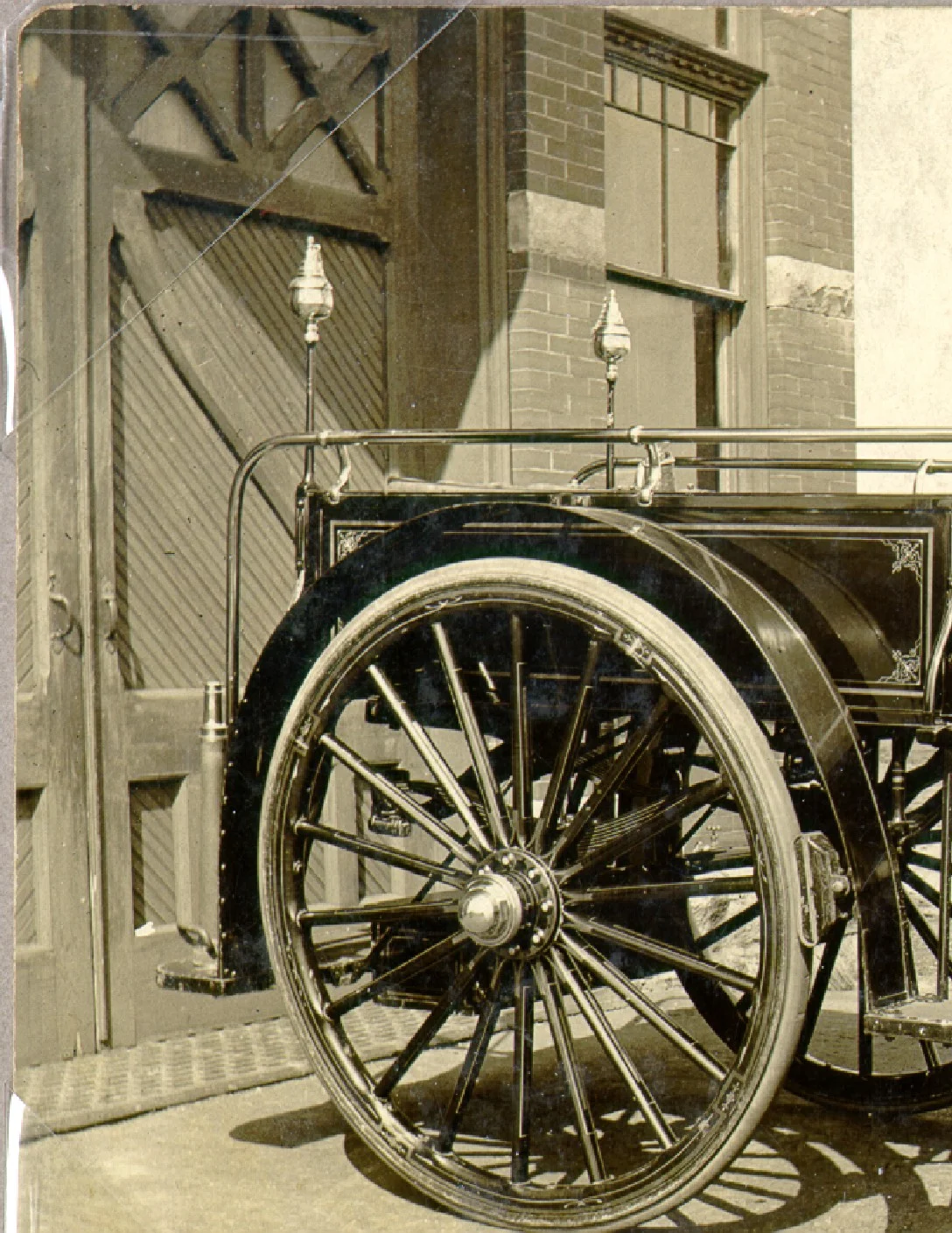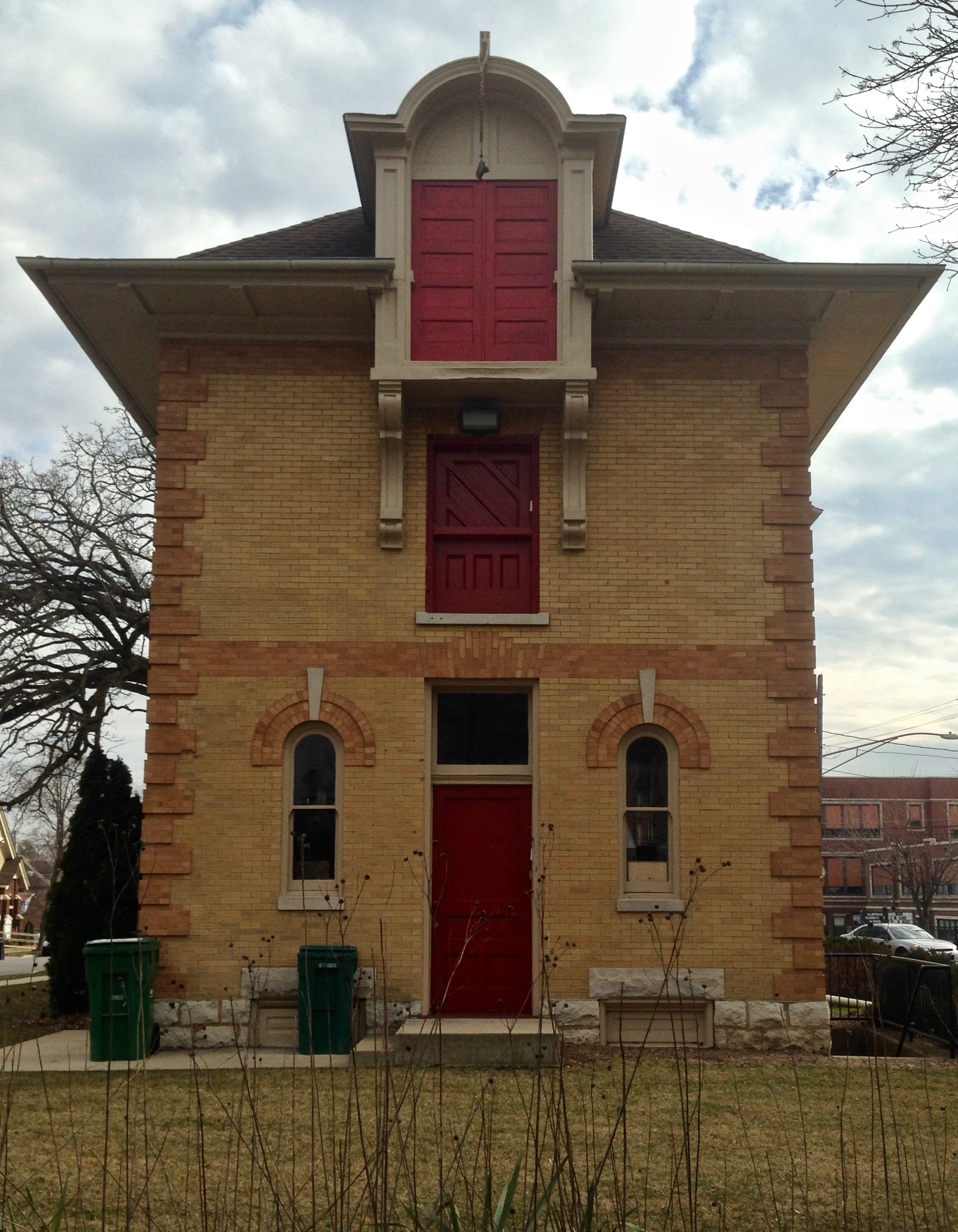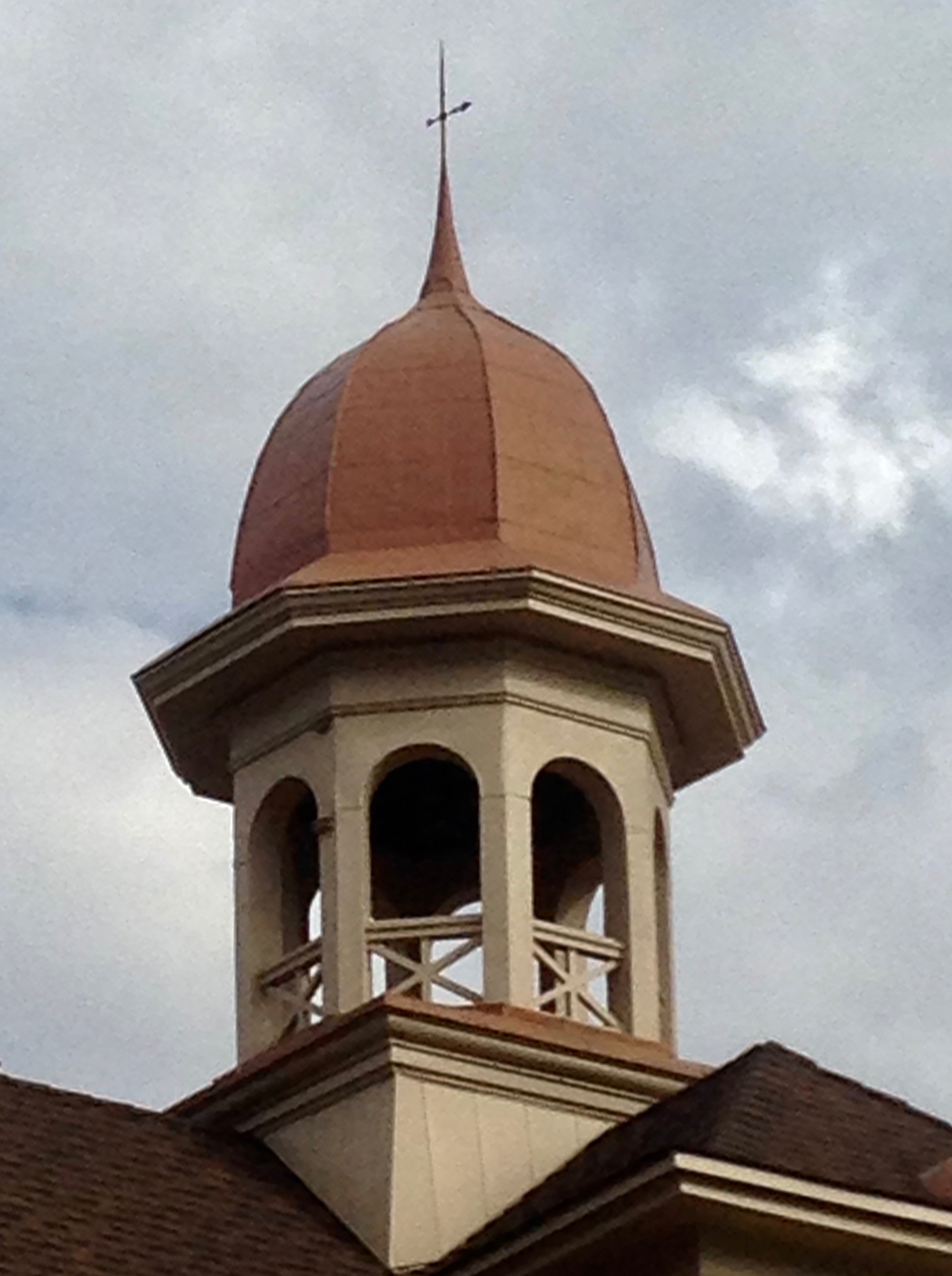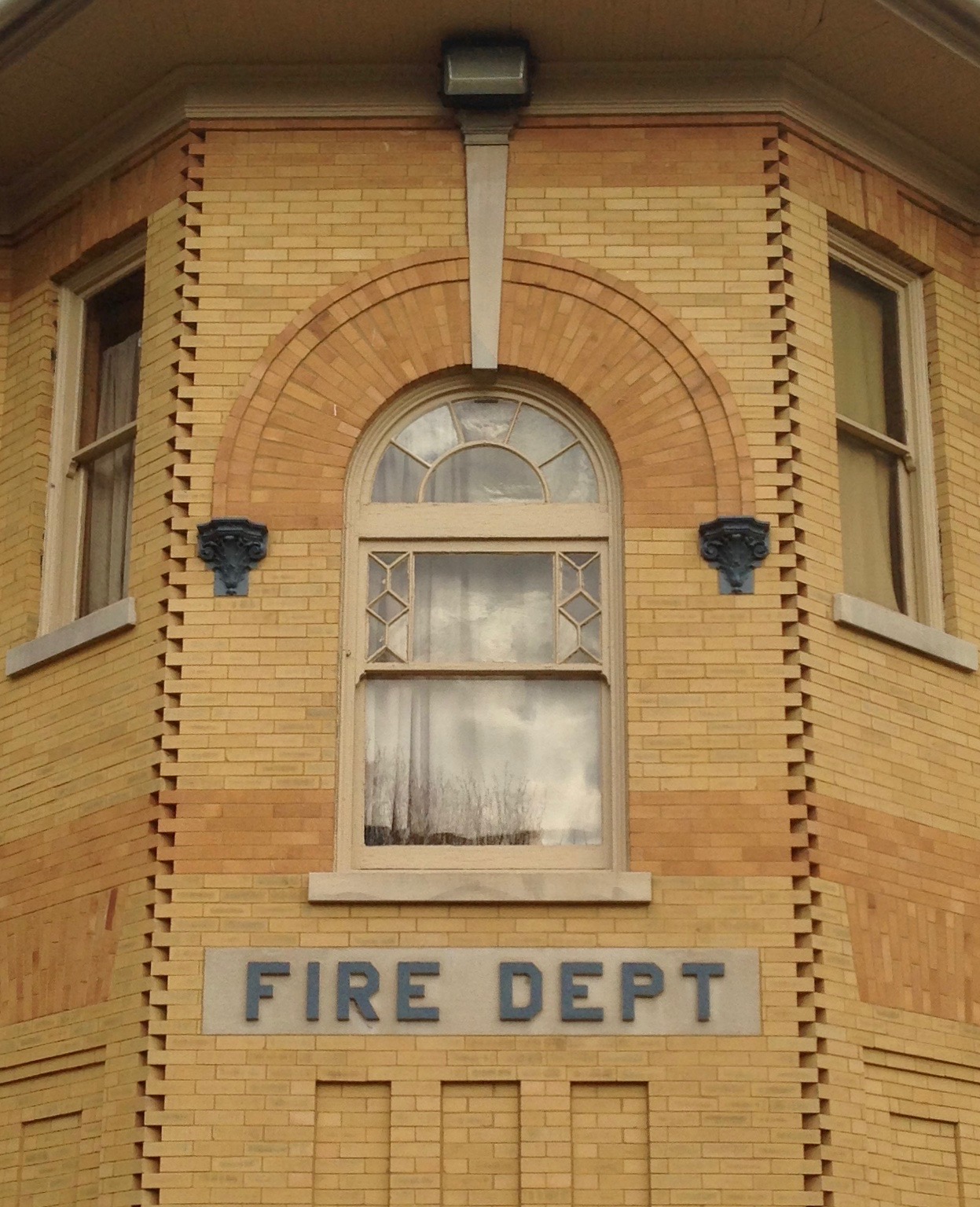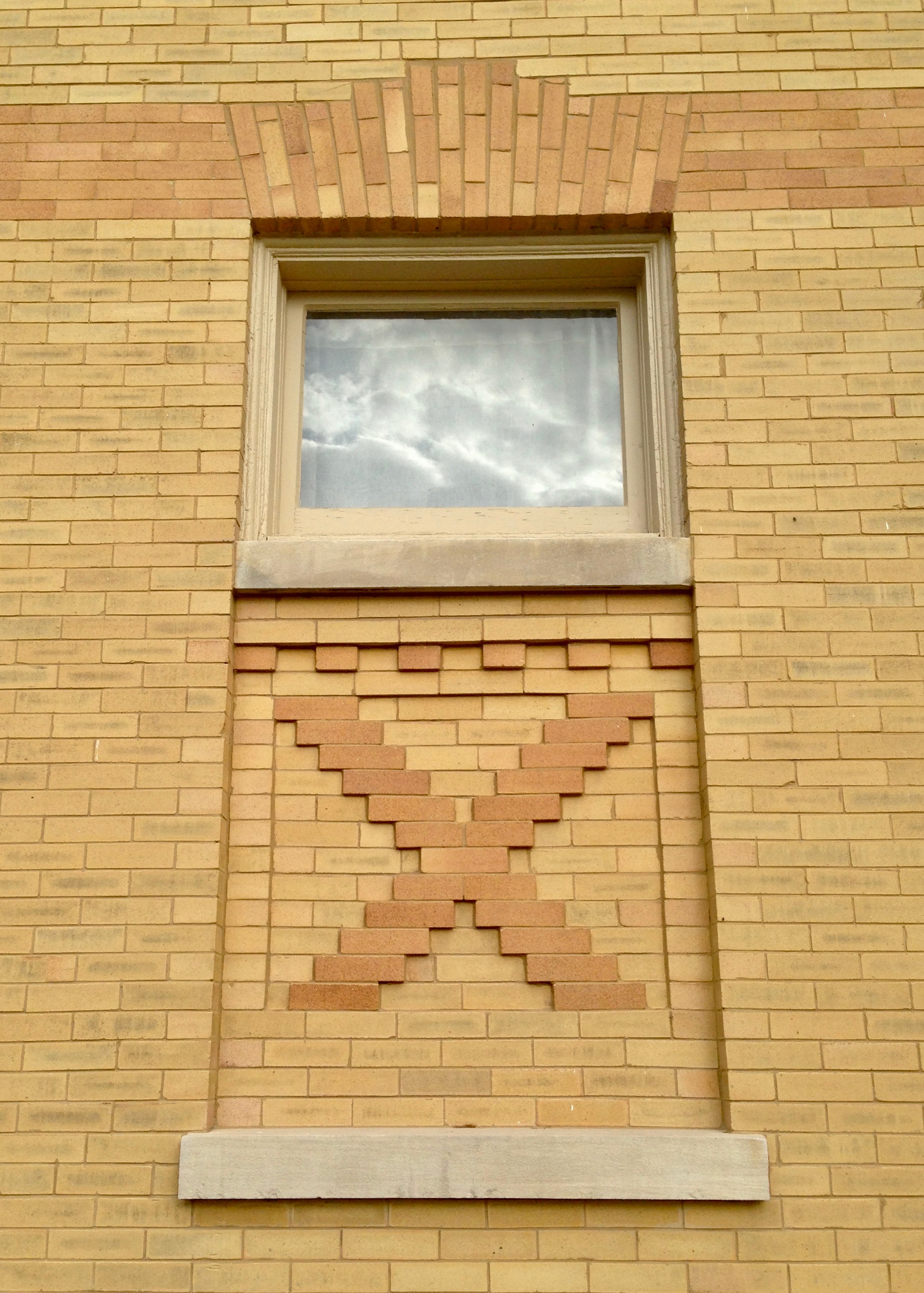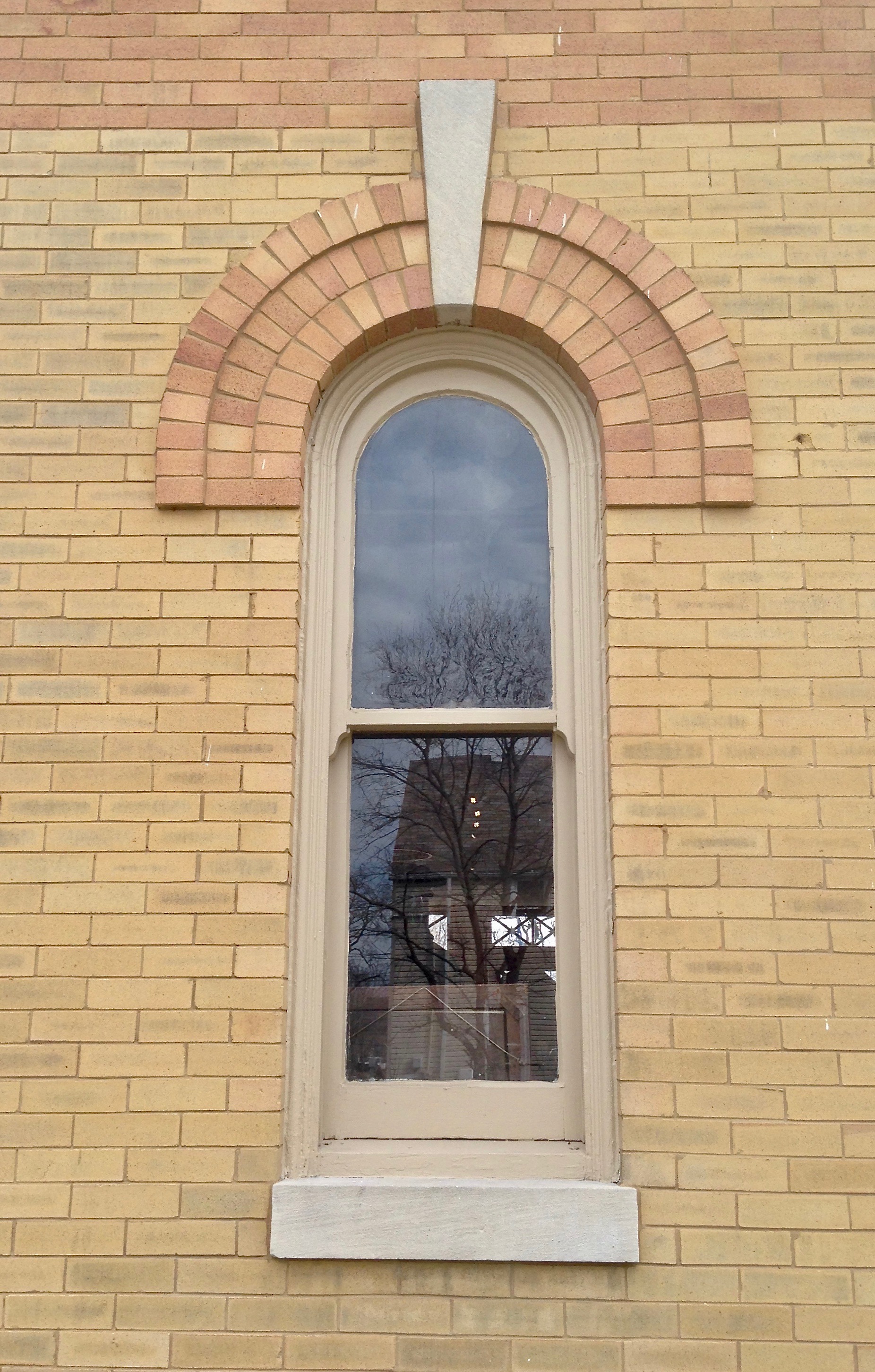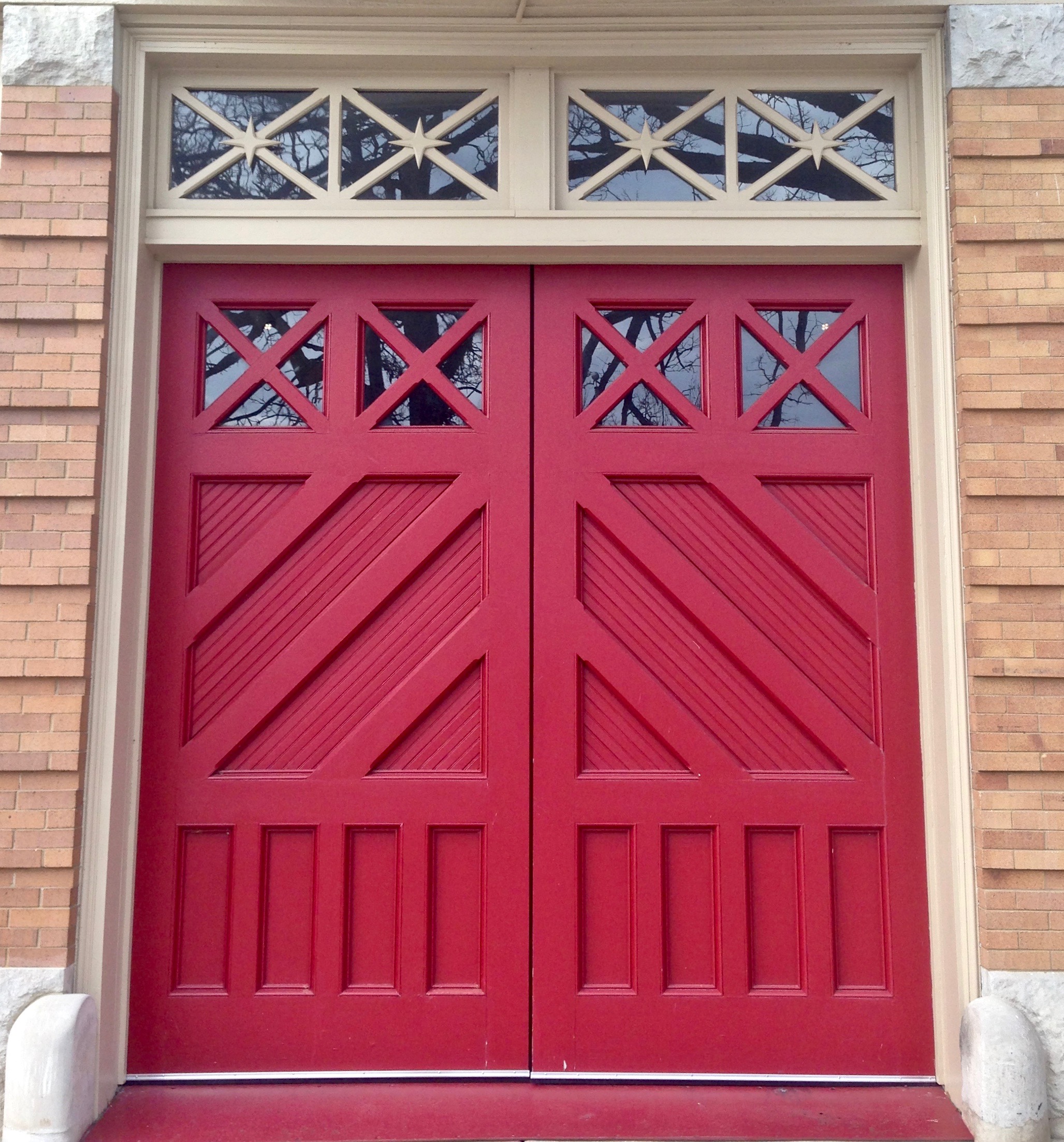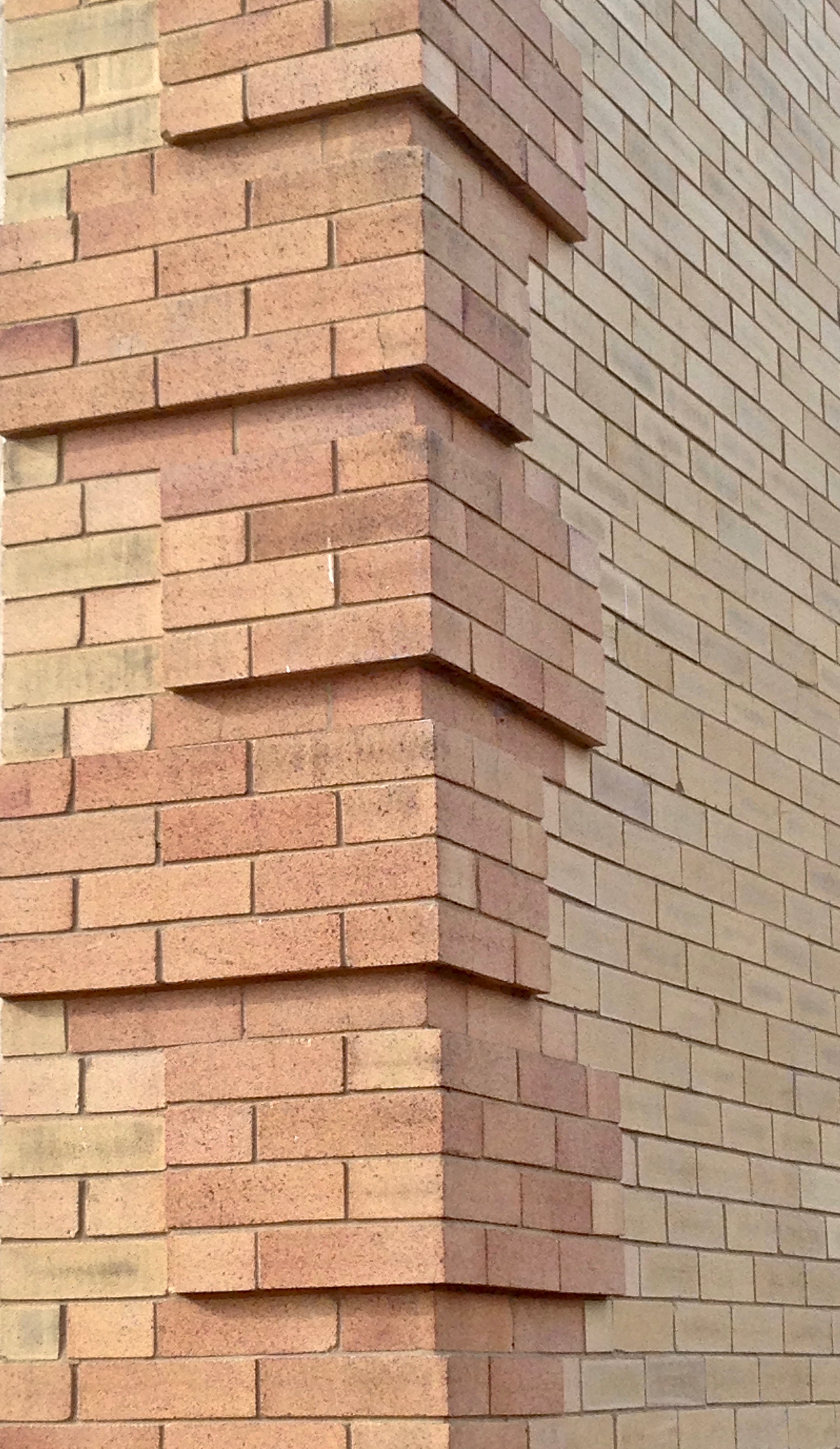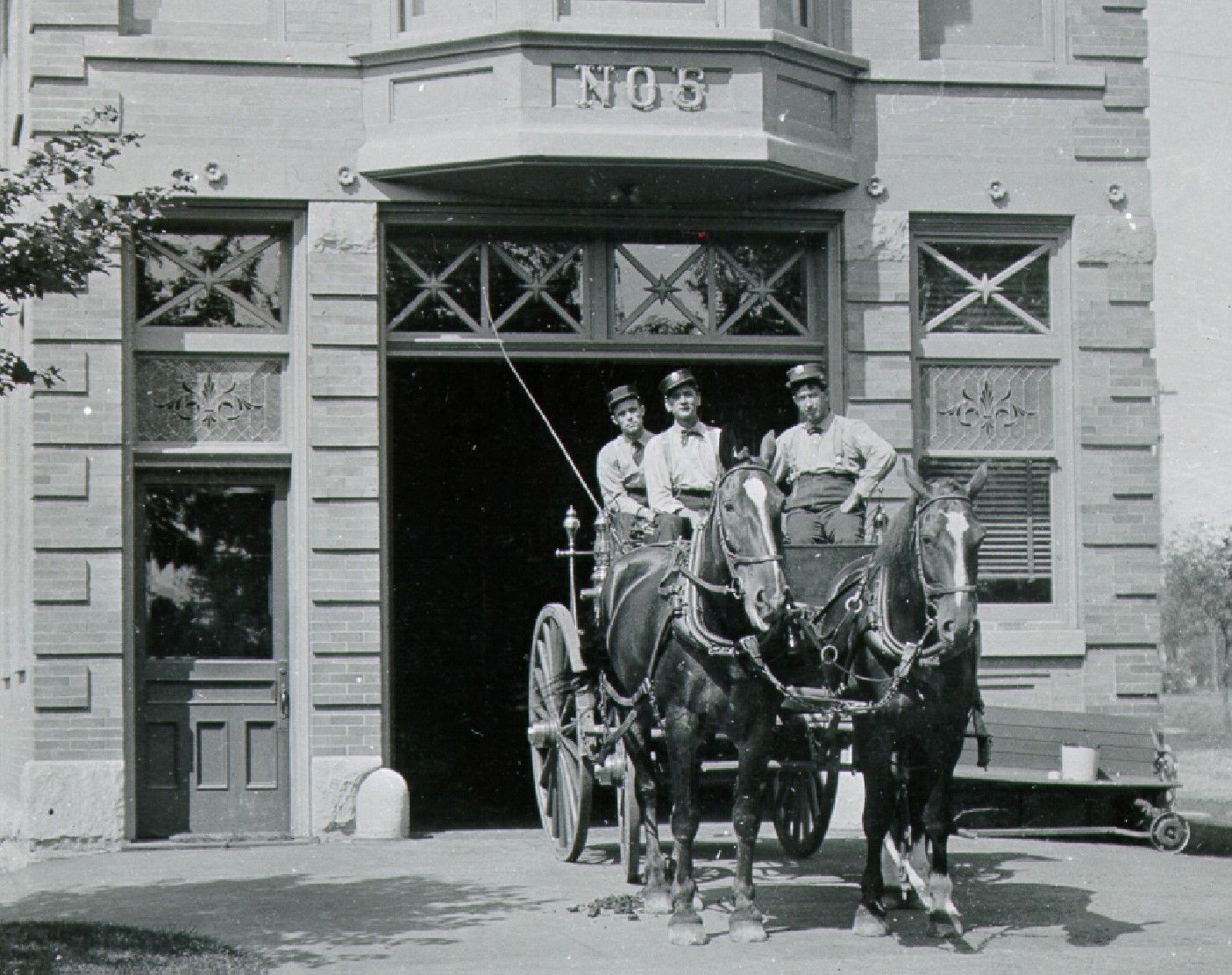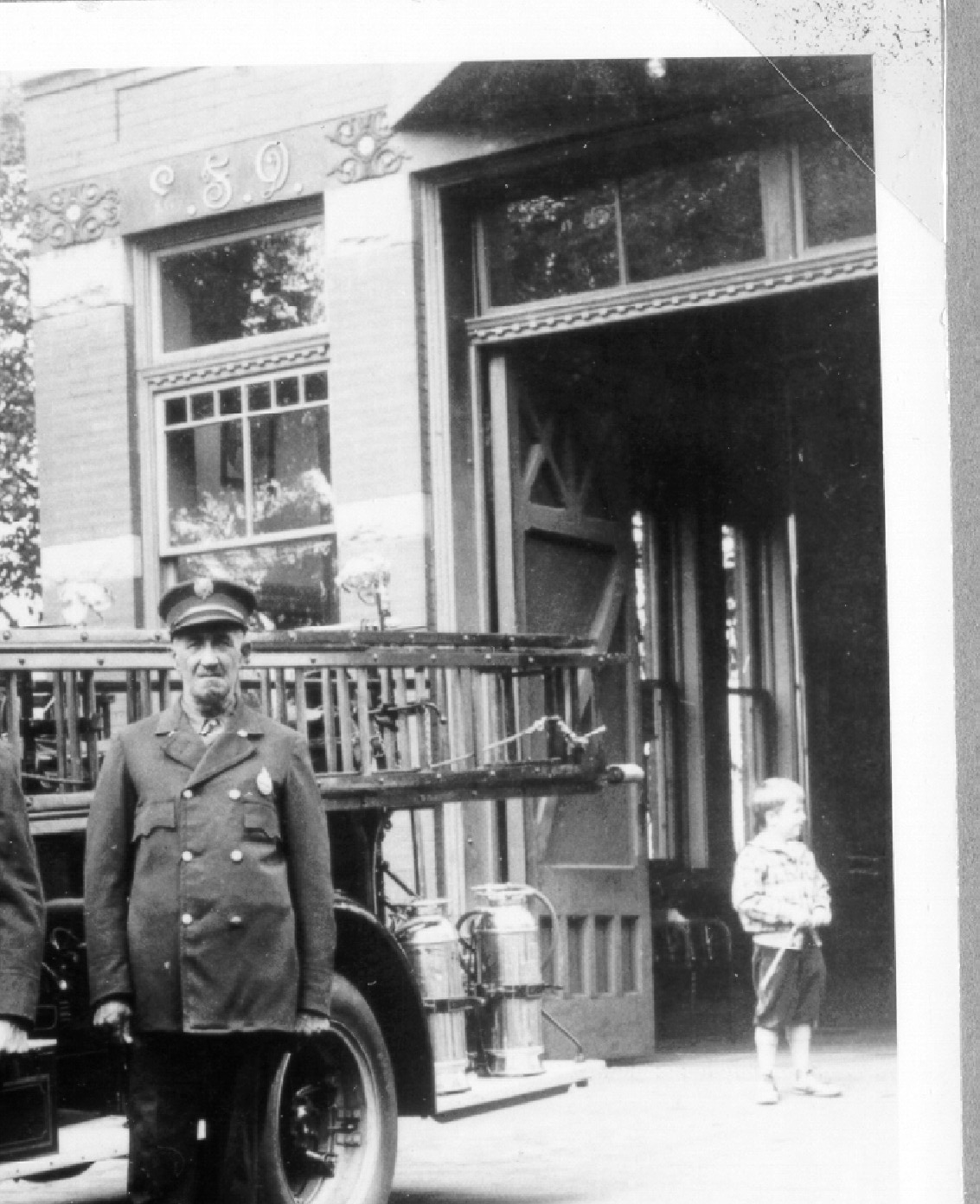533 ST. CHARLES STREET
HISTORIC SIGNIFICANCE
By 1903, when the Fire Barn at 533 St. Charles Street was built, the City of Elgin was rapidly growing in both geography and population. As residents moved south from the city center, it became practical for a fire station to protect the area. Located at the intersection of Arlington and St. Charles, Fire Barn No. 5 was design by Smith Hoag, a prominent local architect.
During this period, a shift in the country’s, and Elgin’s, approach to firefighting occurred as fireman went from mostly volunteers to paid professionals. The exterior layout, with the main fire apparatus door flanked by a smaller door and windows above was relatively common during this time, giving it was many dubbed a ‘commercial front style’.
This fire barn was in full operation during one of its biggest tests, the Palm Sunday tornado in 1920. A series of tornados hit the Midwest and parts of the South. Elgin was not spared, multiple buildings were affected. While Fire Barn No. 5 was spared, Fire Barn Nos. 1 and 3 had some minimal damage to chimneys and windows.
After it was built, it remained a working fire station for nearly 90 years. The building is now home to the Fire Barn Museum.
ARCHITECTURAL SIGNIFICANCE
Fire Station Number 5, located at 533 St. Charles Street is an excellent example of the Classical Revival style designed by a locally famous architect, Smith Hoag. Some features defining the style, and seen here, including the dormers, finial atop the cupola, façade symmetry, tall windows, and the quoins. Blonde bricks with interspersed with red brick belt courses at the windows and quoins add a stylistic touch.
As the profession of firefighting became increasingly professionalized, so too did the technologies applied to the firehouses built in Elgin. In 1903, the cost to construct Fire Barn 5 was $7,737. As a comparison, the preceding two fire barns, 3 and 4, came to a total cost of $6,262. It was the city’s last fire barn to be built, and certainly the most architecturally elaborate.
The property was designated a local landmark and subsequently listed on the National Register of Historic Places in 1991.
Sources: 1989 Heritage Plaque Application; Audio: TextAloud
